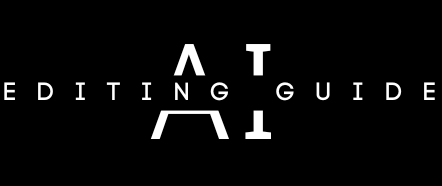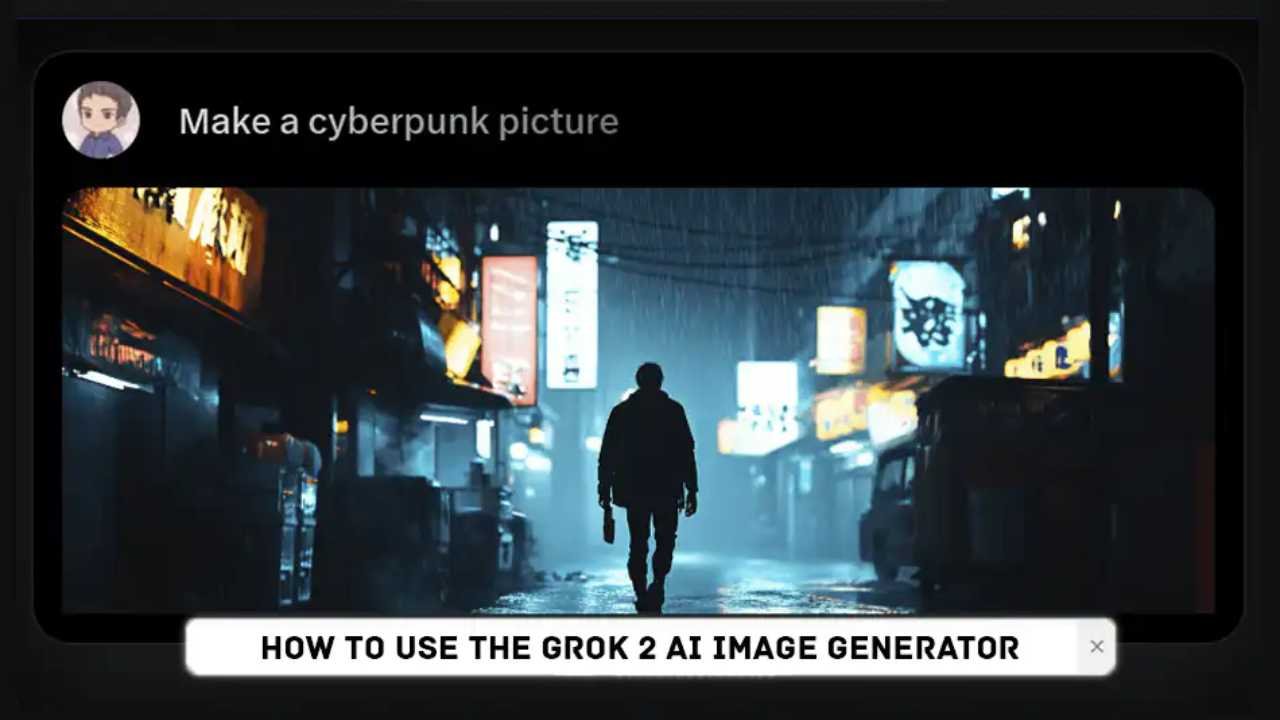X (formerly Twitter) has announced the release of their Grok-2 and Grok-2 Mini models, which feature advanced AI image creation capabilities and significant improvements across the board. These Grok-2 AI models are available through the Grok chatbot and will be made accessible via the AI Developer Enterprise API later this month.
The Grok-2 AI image generators are powered by the open-source Black Forest Lab’s FLUX 1 model, developed by former Stability AI developers. The FLUX 1 model excels at generating hyper-realistic images, particularly in rendering human fingers and creating lifelike representations of people.
This feature is available to all X Premium and Premium+ subscribers, with Premium+ members enjoying unrestricted access to the hyper-realistic photos generated by Grok-2. The Grok-2 model is also available for free with limited access.
How to use the Grok 2 AI Image Generator
X is launching the Grok-2 AI image generator in beta, providing tough competition to popular AI image generators like OpenAI’s DALL·E, Google’s Gemini, Midjourney, and others in the series.
“We are excited to release an early preview of Grok-2, a significant step forward from our earlier model, Grok-1.5, featuring frontier capabilities in chat, coding, and reasoning. At the same time, we are introducing Grok-2 Mini, a small but capable sibling of Grok-2. An early version of Grok-2 has been evaluated on the LMSYS leaderboard under the name’sus-column-r,’” according to XAI’s blog.
- Get started, first log into X.
- Then click on the hamburger menu to open the sidebar.
- From the sidebar, click on Grok, and within the chatbox, you can continue with prompts for image generation.
- Users can generate images in the chatbot using Grok’s prompt-based system.
- The images generated are 1024 x 768 pixels in JPEG format.
- Once the image is generated, you can publish it directly to the X platform.
There are no limits to generating images. However, Grok-2 AI tools could potentially be used for creating misinformation on X or other social media platforms. If Grok-2 AI image generators are available to you, you can also try the FLUX 1 model or download open-source models from Hugging Face, including NightCafe and Poe, which are powered by FLUX 1.
In addition to the AI image generator, X users can also generate code and reason in the chat. XAI is deploying Grok-2 and Grok-2 Mini with AI-driven features like search capabilities, post analysis, and reply to functions. Furthermore, XAI may also release a preview of multimodal understanding as a core part of Grok’s experience on X and the API.
Grok-2 AI Prompt Examples
Here are some prompt examples of generating AI images using Grok-2:
- A woman in a green tracksuit is performing an airflare breakdance move with Olympic rings in the background while electric fans cheer her on.
- A golden retriever wearing a knitted nautical-themed sweater is skateboarding along Bondi Beach.
- A photorealistic portrait of a newlywed couple embracing, well-dressed, and posing outside the Sydney Opera House.
- A zookeeper is feeding a baby kangaroo (Joey).
- The Sydney Harbour Bridge was reimagined in cyberpunk style with glowing neon lights.
These prompts help in generating images and are currently in the experimental phase, meaning they are subject to change until the stable release.
Conclusion
The Grok-2 AI Image Generator offers improved speed and higher-quality outputs, with the ability to create realistic deep fakes and highly detailed images. However, there are a few limitations. For instance, instead of generating four images as expected, it only produces a single image. Additionally, it lacks advanced tools like inpainting, image scaling, or options to adjust the aspect ratio.
There are growing concerns regarding Grok-2’s capabilities, particularly in generating realistic but fake images of celebrities and political figures, such as Donald Trump and Barack Obama. Despite the implementation of several safeguard policies by X, Grok-2 users have already begun generating controversial and salacious AI images.
One significant issue is that Grok-2-generated images do not embed any metadata writing down they were created by AI, nor do they have watermarks or flags to disclose their AI-generated nature, even when shared directly on X. This lack of transparency has raised alarms among copyright owners and legal experts, who are closely watching the situation. The potential for copyright infringement and the unauthorised use of real people’s likenesses is a major concern, which is one of the reasons why other AI tools, like ChatGPT, avoid such capabilities to prevent abuse.

